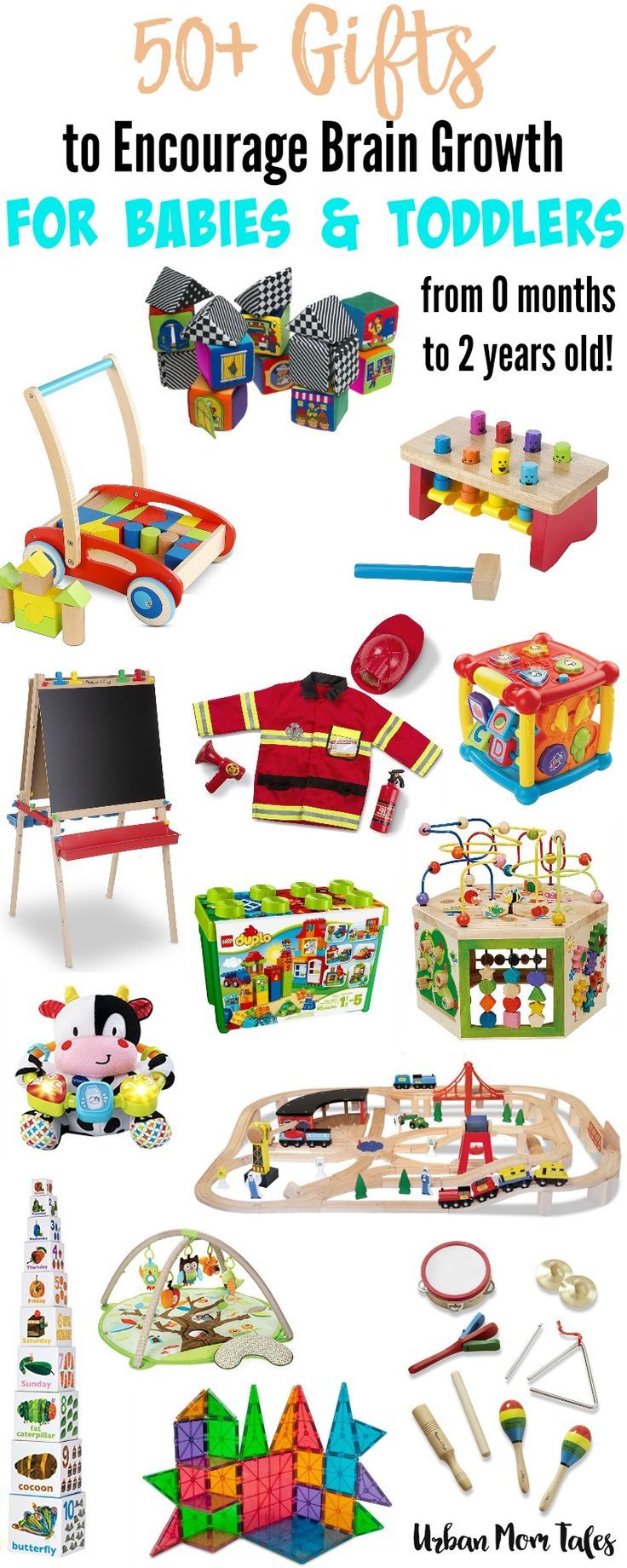Using games and activities is a great way to help children learn about healthy eating while having fun at the same time! The ideas below can be used to engage children in healthy eating experiences, teach them to recognize different foods and encourage them to experiment with new foods, tastes, flavors and textures.
The veggie guessing bag
Try this activity to increase children’s recognition and awareness of different vegetables. Place some vegetables (real or plastic) in a bag (e.g. pillow slip). Ask children to feel inside the bag and guess which vegetables are there. As a variation, blindfold children and place a vegetable in their hands. Ask them to guess what the vegetable is by feeling, smelling and even tasting it.
Choose a letter of the week
Each week taste and discuss healthy foods which start with the chosen letter of the week. For example, for the letter ‘M’ try mushroom, milk and mango.
Odd one out
Say a series of four words including three vegetables and one odd word, for example, “Carrot, potato, cat, onion”. Ask children to identify the odd word.
Make the game more challenging by using an odd word that is also a food, for example, “Celery, capsicum, carrot, yoghurt”. Ask the children why the odd word does not belong with the rest of the group.
 Create a vegetable person
Create a vegetable person
Create a ‘vegetable person’ using real vegetables or pictures of vegetables. Help children use toothpicks to make their vegetable person stand up and be three dimensional. If using real vegetables, encourage children to eat their vegetable person for morning or afternoon tea.
Excursions
Excursions to places like a farm, food market, supermarket, bakery or butcher are fun and educational. Try to have a clear objective in mind, something that you would like the children to gain from the experience.
Follow up the excursion with related activities like discussions, drawing pictures and food tasting. For example, visit a farm and watch a cow being milked. Then discuss with the children how yoghurt and cheese are made.
Food labelling activity
Talking about fruit and vegetables helps children recognize and become familiar with different varieties. Cut out fruit and vegetable shapes from coloured felt and ask children to label each item as they are placed on a felt board. Sing songs and read stories about the fruit and vegetables on the board.
Have a theme tasting day
Offer different kinds of healthy foods to try on a special theme day. For example, on healthy apple day offer green apples, red apples, dried apples, pureed apple and canned apples.
 Create a food alphabet
Create a food alphabet
Create a visual food alphabet wall display. Children can cut out pictures of food and match these to a letter or draw their own impression of the food.
Source: All about food: A resource for services caring for children, Queensland Health, 2006.
We are yummy snack makers
Use flash cards or cut out pictures of foods from brochures to make a healthy, tasty snack. Some examples are toast, cheese and tomato, fruit with yoghurt, capsicum and carrot sticks with mashed avocado, scrambled eggs with English muffins.
 Planting herbs or vegetables (outside or in pot plants inside)
Planting herbs or vegetables (outside or in pot plants inside)
Create a veggie patch and encourage children to water and care for the plants. Use the exercise as an opportunity to discuss where food comes from and how it grows. Some easy to grow, edible produce includes tomatoes, peas, beans, snow peas and herbs.
Play a guessing game
“I am thinking of a food which begins with the letter….” Give extra clues like colour, shape, texture etc, until children correctly guess the food. Let children take turns to choose and describe a food.
 Food cupboard
Food cupboard
Make a food cupboard out of a large piece of cardboard by folding in both the side edges to form the doors. Draw shelves in the cupboard. Glue food pictures onto cardboard backing for durability. Children can stack shelves with food pictures and take food out of the cupboard to prepare imaginary meals.
Salty potato experiment
Fill two small bowls with water and mix salt into one of the bowls. Label both bowls so you know which one has the salty water. Cut a potato in half and place each half into a bowl with the cut side down. Leave for about 30 minutes and watch what happens – the salt water draws water out of the potato, causing it to shrivel. Explain to children that just like the potato loses water when put in a salty solution, salty food and drinks make people thirsty, and that these items should only be eaten occasionally.
Food tasting
Encourage children to take turns tasting new foods and describing to the group what the food tastes like. Children can also discuss the foods’ appearance, smell and texture.
Learning about food in different cultures
Celebrating different cultures and festivals with food is delicious and fun for children. You could make vegetable and lean meat dumplings for Chinese New Year, eat wholemeal pancakes morning tea on Shrove Tuesday, make an Irish soda bread to eat on St Patrick’s Day and decorate hard boiled eggs with food dye for Easter.
Sing a song about food and nutrition
Try these fun food songs from Australian performers: Watermelon (Justine Clarke), Fruit salad or Hot potato (The Wiggles), Wash your face in orange juice (Peter Combe). You can search ‘fun food songs for children’ on the internet for more ideas.
SHIJINA RIJESH







